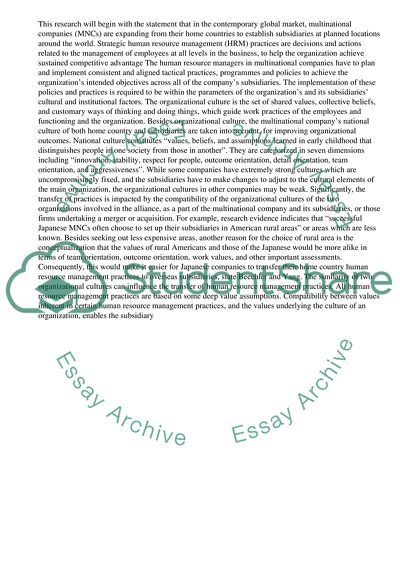Cite this document
(“Human Resource Management in Multinational Companies: Cultural and Essay”, n.d.)
Human Resource Management in Multinational Companies: Cultural and Essay. Retrieved from https://studentshare.org/management/1463433-to-what-extent-are-human-resource-managers-in-a
Human Resource Management in Multinational Companies: Cultural and Essay. Retrieved from https://studentshare.org/management/1463433-to-what-extent-are-human-resource-managers-in-a
(Human Resource Management in Multinational Companies: Cultural and Essay)
Human Resource Management in Multinational Companies: Cultural and Essay. https://studentshare.org/management/1463433-to-what-extent-are-human-resource-managers-in-a.
Human Resource Management in Multinational Companies: Cultural and Essay. https://studentshare.org/management/1463433-to-what-extent-are-human-resource-managers-in-a.
“Human Resource Management in Multinational Companies: Cultural and Essay”, n.d. https://studentshare.org/management/1463433-to-what-extent-are-human-resource-managers-in-a.


